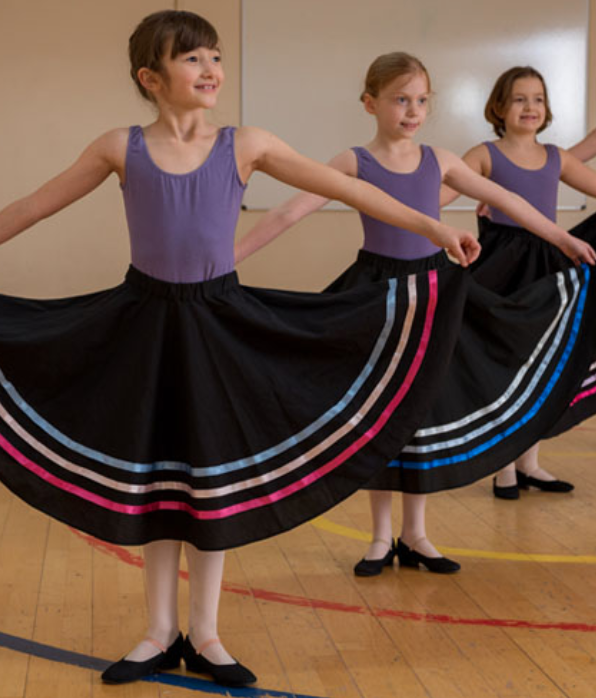This #InternationalDanceDay, Rhianwen Moore, Director of Sport at Sherfield School in Hampshire, explains why dance remains as valuable a school subject as ever.
I sometimes wonder why dance is not an essential element at some schools; surely with all the benefits, educators would include it in their school curriculum. Dance is well-loved at Sherfield, and its positive impact on our students is highly evident.
Unfortunately, many of those designing the curriculum will not have had their own experience of dance in education, so their perception of dance may be based on ‘Strictly’, and other examples from TV or ballet. As a result, so many PE teachers have yet to experience the value and joy of dance on the PE curriculum.
Ultimately, there is a lot of work to be done on changing the perceptions, but I’d like to give just a few reasons why dance should be essential.
Dance in an education setting is a totally different subject to that taught at dance classes. The general perception is, of course, that dance as a subject at school would be delivered in the same way as it would if you went to a dance class – the teacher leading at the front and the dancers copying his or her every move, learning a routine step by step.
However, dance in schools differs greatly – it encapsulates so many skills that prepare us for life.
- Creativity is at the forefront of education and choreography is at the centre of school dance; creating a plan, a structure and composing a narrative to be communicated through movement. Pupils are given a range of stimuli to inspire their action development.
- Collaboration and problem-solving are incorporated naturally into lessons alongside progress in communicative skills. Pupils must make decisions about spatial design, actions, and aural setting.
- Leadership opportunities are encouraged through differentiated group tasks. Self and peer analysis are an essential part of the choreographic process and improving performance.
- Contemporary dance improves physical skills such as core strength, posture and flexibility.
- It appears that the self-esteem in so many young adults is unfortunately at its lowest ebb, and dance in education can be a pathway to improved confidence, an outlet to self-expression and increased self-worth.
Dance at school is about progress in every sense of the word; when taught effectively, it can ensure that each individual pupil achieves physically, socially, and emotionally. It is in essence worth being part of every school curriculum to make a difference to our pupils.
To find out more about Sherfield School’s curriculum, visit the school’s website.

